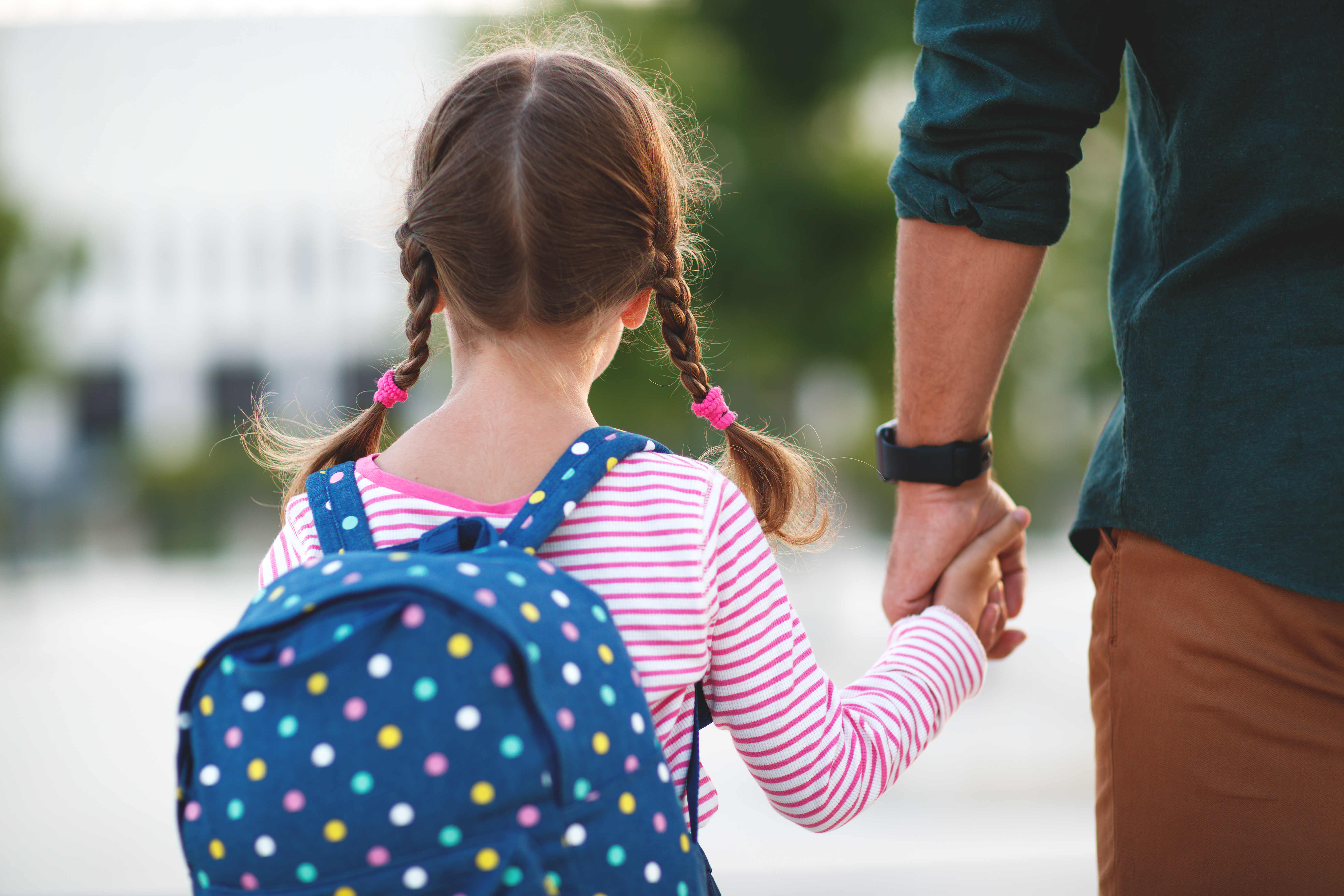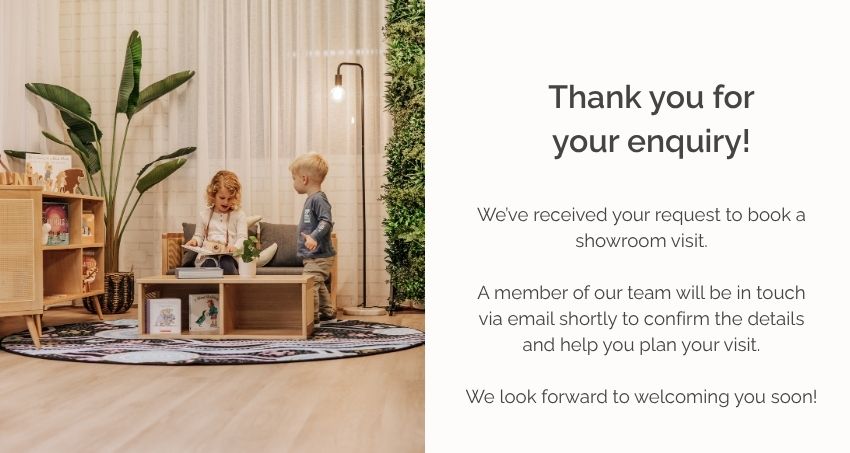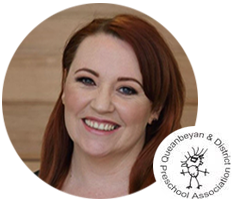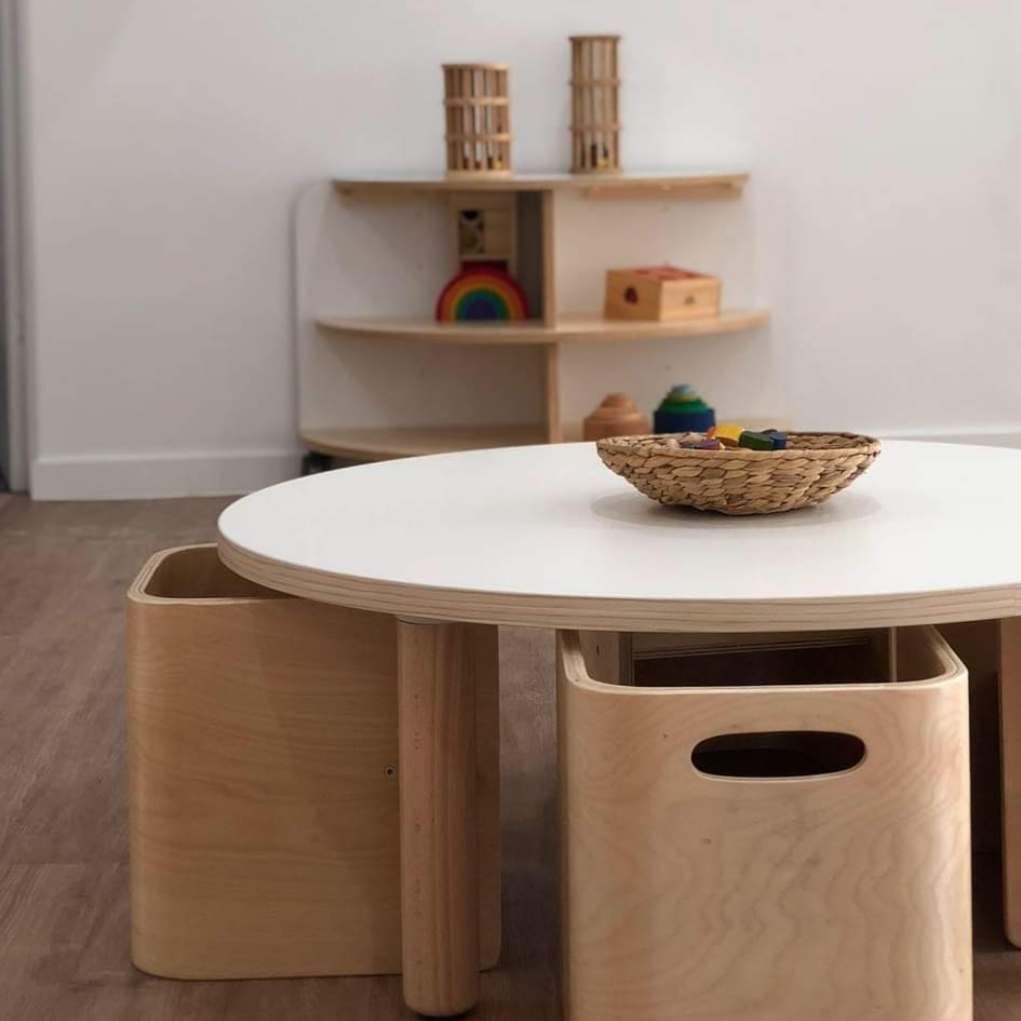
Supporting families through transitionary periods in early childhood education
The end of the year brings much excitement – especially in early learning centres. Talk of Santa, Christmas and holidays brings a wave of anticipation and excitement for what’s the come.
While this is a happy time of year, it can also be met with apprehension as many children will transition out of their current areas in their early learning centres.
Although this can happen at any time of a year, a lot of babies tend to transition from the nursery to the toddler room at the end of the year. The most significant transition is for kindergarten children as they prepare to move into Prep – a completely different environment that’s typically more structured.
So, how can early childhood educators and centre directors support these periods of change? Here are our top tips for what we think are the most significant transitions.
Transition from nursery to toddler area:
Ensure this is a gradual transition to allow time for a baby to adjust to their new room. This is important because they have likely formed a close attachment to their carer/s in the babies’ room and it is important not to rush moving into the toddler room, with its new people and teachers.
You’ll want to consider the child as an individual and tailor the transition to their personality; some toddlers will thrive on routine while others will be happy to take change in their stride.
Be aware of children who need more reassurance or attachment when moving into the toddler space. Parents may appreciate extra communication during this time also, with areas of discussion including how the transition from baby to toddler room will take place and how their child’s needs will be met.
It may be a good time to also discuss with parents about avoiding making major routine changes at home – such as starting potty training – during the room transition period. Encourage parents to maintain their normal routine at home as much as possible. Reassure parents that it can take up to a month for a toddler to adjust to the changes inherent in transitioning from infant to toddler room at daycare.
Transition from kindergarten to prep
This is a big one, and something that may take some time. There are several ways you can support children and their parents.
At the end of the kindy year, children will often receive a transition statement which will provide key information about a child’s progress to date and how they can best be supported in the next stage of their education: starting their schooling life. Parents, children and kindergarten teachers contribute to the transition statement, providing input on the child’s strengths, interests and areas for development. The kindergarten teacher will provide advice for continuity of learning as well as strategies for a successful transition to school.
Each child’s transition from kindy to prep will be unique and families can be encouraged to support transition from kindy to school by encouraging following a routine at home, which helps with confidence-building and strengthening independence.
Building a child’s confidence can also include asking the child what they would do in certain situations at school – for example, what would they do if they drop their lunch; who would they go to for help with tricky situations on the playground?
It’s also an idea to encourage parents to familiarise their child with their new environment: driving past and walking through the school will help to build a child’s confidence and reduce anxiety about the unknown about what their new surroundings will look like.
Another way to aid the transition – and something that may not instantly spring to a parent’s mind – is to encourage a parent’s involvement with the school in the form of volunteering. This could involve working bees, tuck shop duties, attendance at school events and staying up to date with school newsletters and key dates. This is a great way for parents to establish a relationship with the school, which in turn sets a good example and a feeling of comfort and familiarity for children.
No matter what area a child is transitioning to, it’s so important for you to provide support and answer any questions they may have. By reassuring parents, you’re helping to reassure children that change is part of life and it can be positive and exciting.











